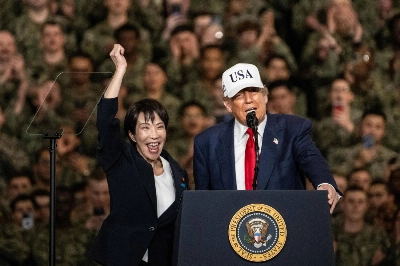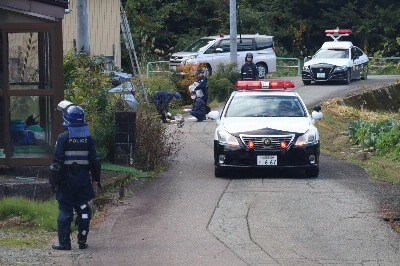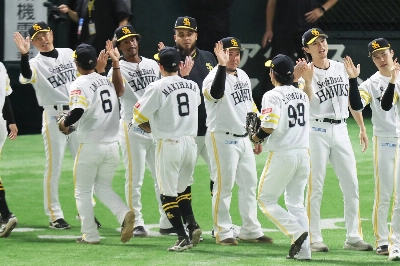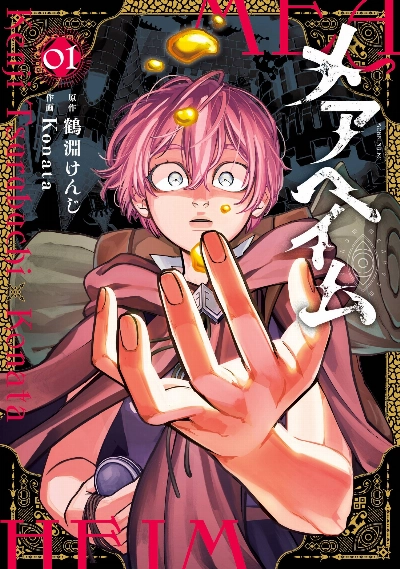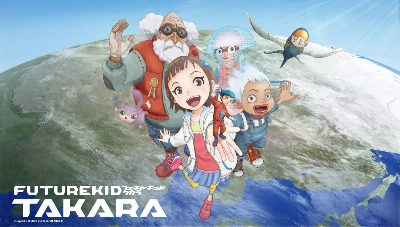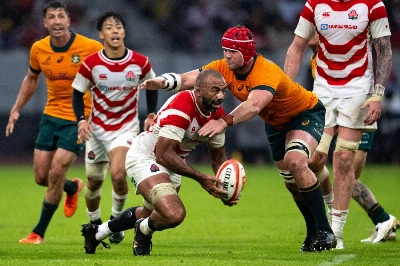Meta
Matthew Larking
May 28, 2014
Mar 5, 2014
Feb 19, 2014
Dec 25, 2013
Dec 11, 2013
Dec 4, 2013
Nov 27, 2013
Nov 13, 2013
Oct 23, 2013
Oct 9, 2013
Sep 25, 2013
Aug 14, 2013
Jun 6, 2013
May 30, 2013






















